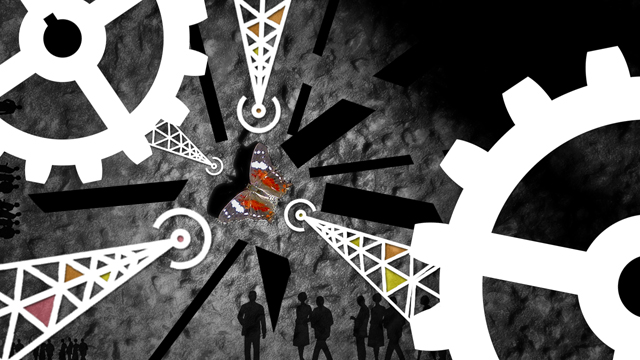The scientific content in digital TV: interactivity applied to the diffusion of university research to the population
DOI:
https://doi.org/10.15448/1980-3729.2013.3.11183Keywords:
TV, Interactive, Science communication.Abstract
The increasing insertion of digital communication technologies in contemporary society and their influence on various aspects of everyday life point to the relevance of using these media in order to approximate the university production to the community. In view of the introduction of digital TV in Brazil, as well as its potential for social inclusion, this work focus on making a reflection on the possibilities for dissemination of scientific knowledge through this technology. The idea is to observe the advantages and facilities of interactive applications in the use of collective education, aiming to the dissemination of research, projects and extension activities. We sought on the digital TV more dynamic, flexible and attractive formats to support the collaborative construction of knowledge, leading the user to experience the reality of a university. This work is based on an empirical research, which consists in the development of interactive pilot-programs of scientific content for digital TV. The paper has as reference the Federal University of Juiz de Fora, which is implementing a digital university TV that will be one of the pioneers of the country. However, this research may be used as a parameter for other Brazilian universities.Downloads
References
BECKER, Valdecir; ZUFFO, Marcelo. Interatividade na TV Digital: estado da arte, conceitos e oportunidades. In.: SQUIRRA, Sebastião; FECHINE, Yvana (org). Televisão Digital: desafios para a comunicação. Porto Alegre: Sulina, 2009. p. 44 -67.
BRASIL. Lei nº 9.394, de 20 de dezembro de 1996. Art. 43. Estabelece as Diretrizes e Bases da Educação Superior. Disponível em: http://www.planalto.gov.br/ccivil_03/LEIS/l9394.htm. Acesso em: 20 jan. 2012.
CASTRO, Cosette. Uso de plataformas tecnológicas para inclusão digital – o caso da TV digital e da produção de conteúdos. Inclusão Social, Brasília, v. 3, n. 1, p. 70-74, out. 2007. Disponível em: http://revista.ibict.br/inclusao/index.php/inclusao/article/viewFile/117/121. Acesso em: 13 nov. 2011.
MONTEZ, Carlos; BECKER, Valdeir. TV Digital Interativa: conceitos, desafios e perspectivas para o Brasil. 2. ed. Florianópolis: UFSC, 2005.
Downloads
Published
How to Cite
Issue
Section
License
Copyright
The submission of originals to Revista Famecos implies the transfer by the authors of the right for publication. Authors retain copyright and grant the journal right of first publication. If the authors wish to include the same data into another publication, they must cite Revista Famecos as the site of original publication.
Creative Commons License
Except where otherwise specified, material published in this journal is licensed under a Creative Commons Attribution 4.0 International license, which allows unrestricted use, distribution and reproduction in any medium, provided the original publication is correctly cited.






